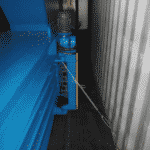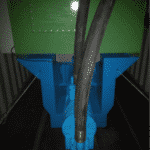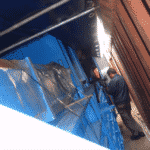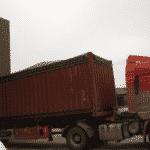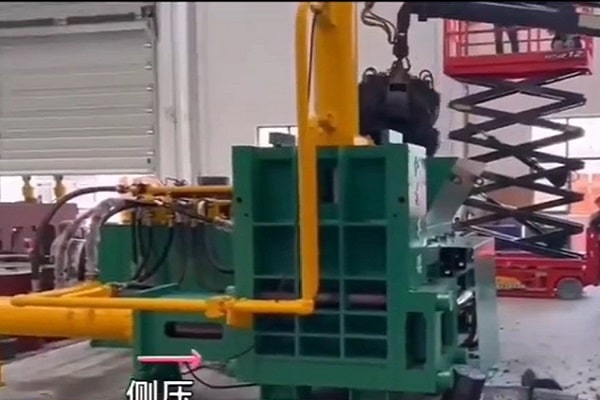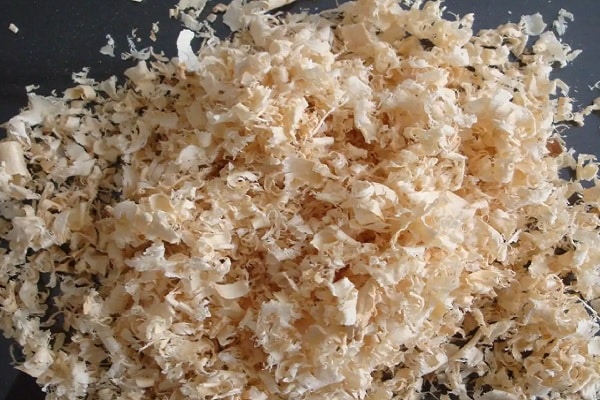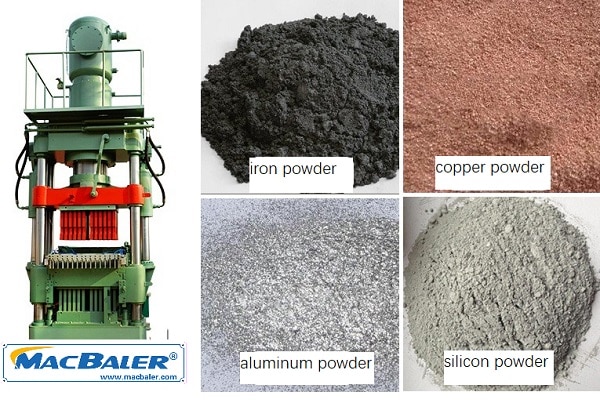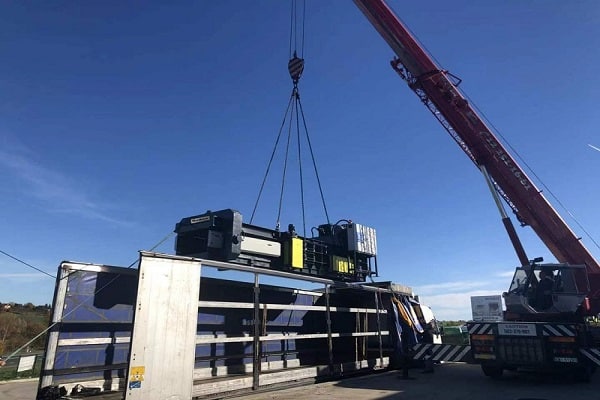Using a baler compactor requires careful handling, especially while loading and unloading it. Strong and large sized machinery is needed to ensure proper handling. Since the baler compactors vary in size according to their capacity, method of loading also varies as per their overall weight and size. After buying a baler, it is important for you to know how to load and unload it. You will know the process we use as the article unfolds.
Loading the Baler
Cranes and fork-lifters are the most commonly used machines for loading the baler machines into containers. Refer to the pictures below. Please note that we only use these cranes for small and average sized balers.
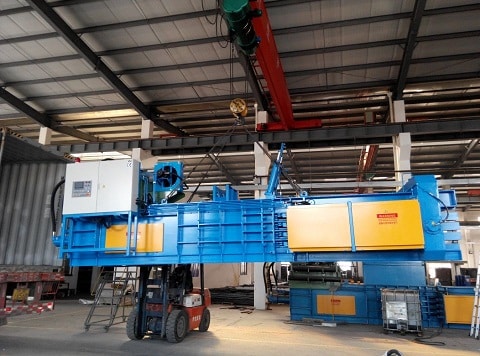
how to load a baler machine |MacBaler
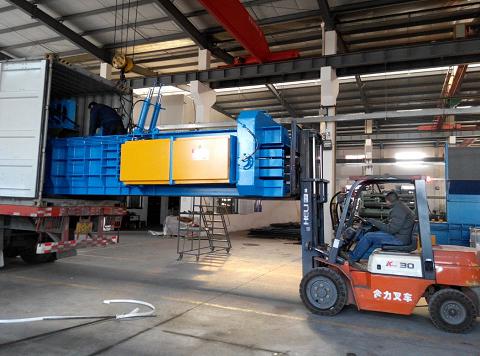
However, we use heavy-duty cranes to load the full automatic balers with a bale size of more than L*1100*1100mm into an open top 40 HQ container. This baler is huge and robust; therefore, we need a crane in which it could fit and easily loaded. The pictures below show how we load our fully automatic large size balers into the container with the help of durable cranes.
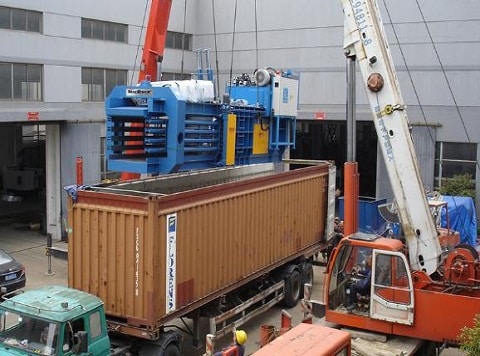
Fixing the Baler
Once a baler is loaded, it needs to be carefully transported to the desired location. To avoid any damage to the machine, we use steel wire to tie it with the walls of containers so that it could neither move sideways nor forward and backward.
However, we use a different approach for heavy-duty 40 HQ containers. Since the balers loaded in these containers are large in size, we fix the top of the container with keels and waterproof clothes. In this way, the baler is cautiously transported without moving a bit.
- fixing baler in the container with stel wire
- waste baler for sale
- industrial waste compactors in open top conatiner
- bailer transportation
Unloading the Baler
When the bailing press machine is transported, it needs to be unloaded. For that, we do nothing except removing the steel wires first. Then, we use cranes or forklift to take the baler machine out of the 20FLC or 40 HQ containers. However, we use a heavy-duty crane for the 40 HQ open top containers after removing the steel wire and the roof .

